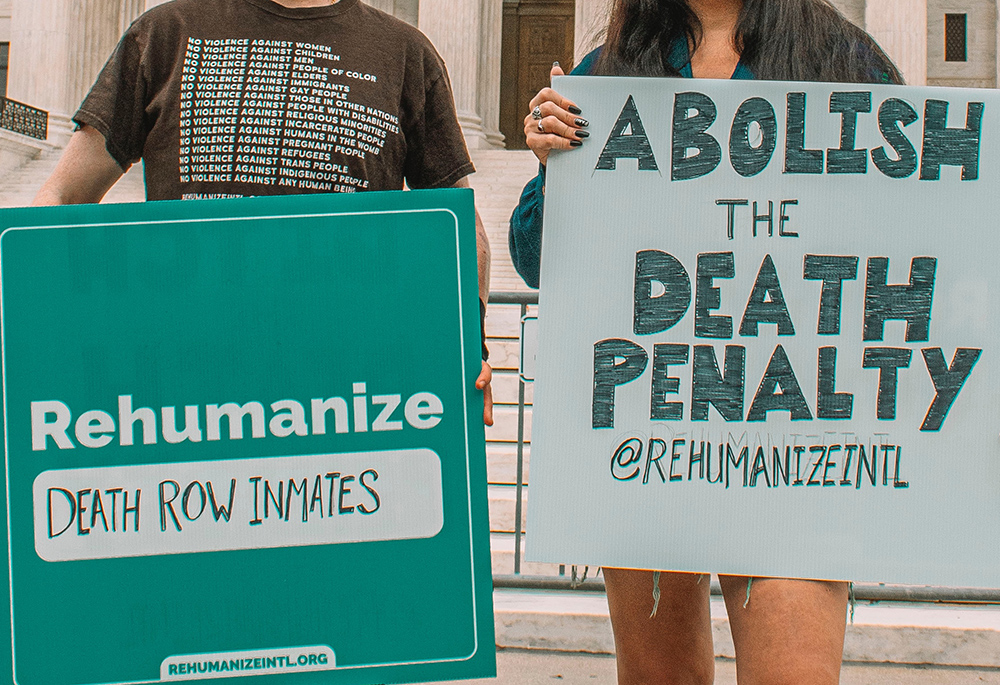
(Unsplash/Maria Oswalt)
What would you do if a friend confided that he felt helpless and depressed and wanted to end his life? Or that she saw no reason to live and was contemplating suicide?
Most of us would stay with that friend, try to engage in conversation about alternatives, and certainly encourage the friend to seek some professional help. On one occasion when this happened to me, I actually drove the friend to the hospital so he could get immediate professional care.
Yet, across this country when someone on death row is contemplating suicide, there are often no such interventions. In an effort to expedite an execution, those on death row who are contemplating suicide have been known to fire lawyers and waive appeals — and these actions are met with little resistance.
Actually, this is a disturbing trend. I first learned the term "execution volunteer" in 2005, when I was the spiritual companion to Michael Ross on Connecticut's death row. Before I met Michael, he had already attempted suicide three times during his 17 years on death row. He had dropped all his appeals and was looking for spiritual accompaniment in his final days. In our last visit, I urged Michael to resume the appeals process, to choose life. But he refused, and the state executed him, granting his wish to "end it all."
Advertisement
A similar situation happened earlier this year in Florida. James Phillip Barnes was executed by the state on Aug. 3 after waiving his right to counsel and representing himself — "essentially asking for the death penalty," as Florida Catholic Media reported.
James Barnes had "a long history of mental illness and mental health crises," according to the Death Penalty Information Center. In its overview of the execution, the center reported, "A judge found Mr. Barnes competent for execution; however, a medical professional did not complete a mental evaluation of Mr. Barnes."
James was violently abused as a child by his father; Florida Catholic reported that "the siblings all suffered from the abuse." (According to Barnes' sister, his murders also affected his family). In a different context, James might have gotten the support he needed; instead, he fast-tracked his own execution.
According to the Death Penalty Information Center, "since the reinstatement of the death penalty in 1976 … at least 150 defendants have been [so-called] volunteers — approximately ten percent of all executions." Ironically, they are often placed under extreme scrutiny — this is referred to as "suicide watch" — and is an effort to prevent the person from taking his own life in the days preceding his scheduled execution.
At Catholic Mobilizing Network, we often refer to executions as "state-sanctioned killing." And while that might be accurate, if one out of every 10 executions involves a person who willingly chooses death, we might also call executions in these cases "state-assisted suicide."
Our church's teachings on the sanctity of life are crystal clear. All life, whether facing execution, assisted suicide, or any other threat, must be protected. This reminder is especially relevant immediately after October, the month which the U.S. church observes as Respect Life Month.
October is Respect Life Month, when our church calls us to "consider more deeply why every human life is valuable and reflect on how to build a culture that protects life from conception to natural death." Our faith calls us to stand firmly against the death penalty every month, every day — even, and perhaps especially, in cases where a defendant is asking to die.
We as Catholics don't make exceptions for when the death penalty is acceptable. Whether requested by the individual or mandated by the state, the death penalty is — as our Catechism states — always "inadmissible."





